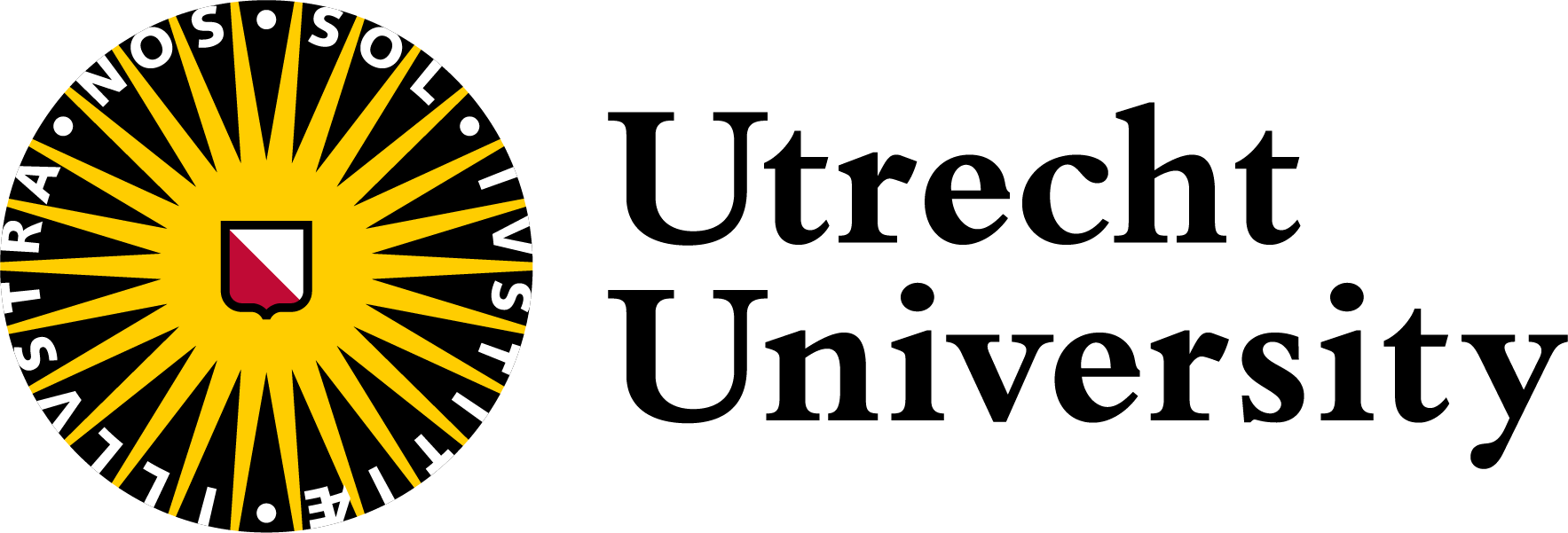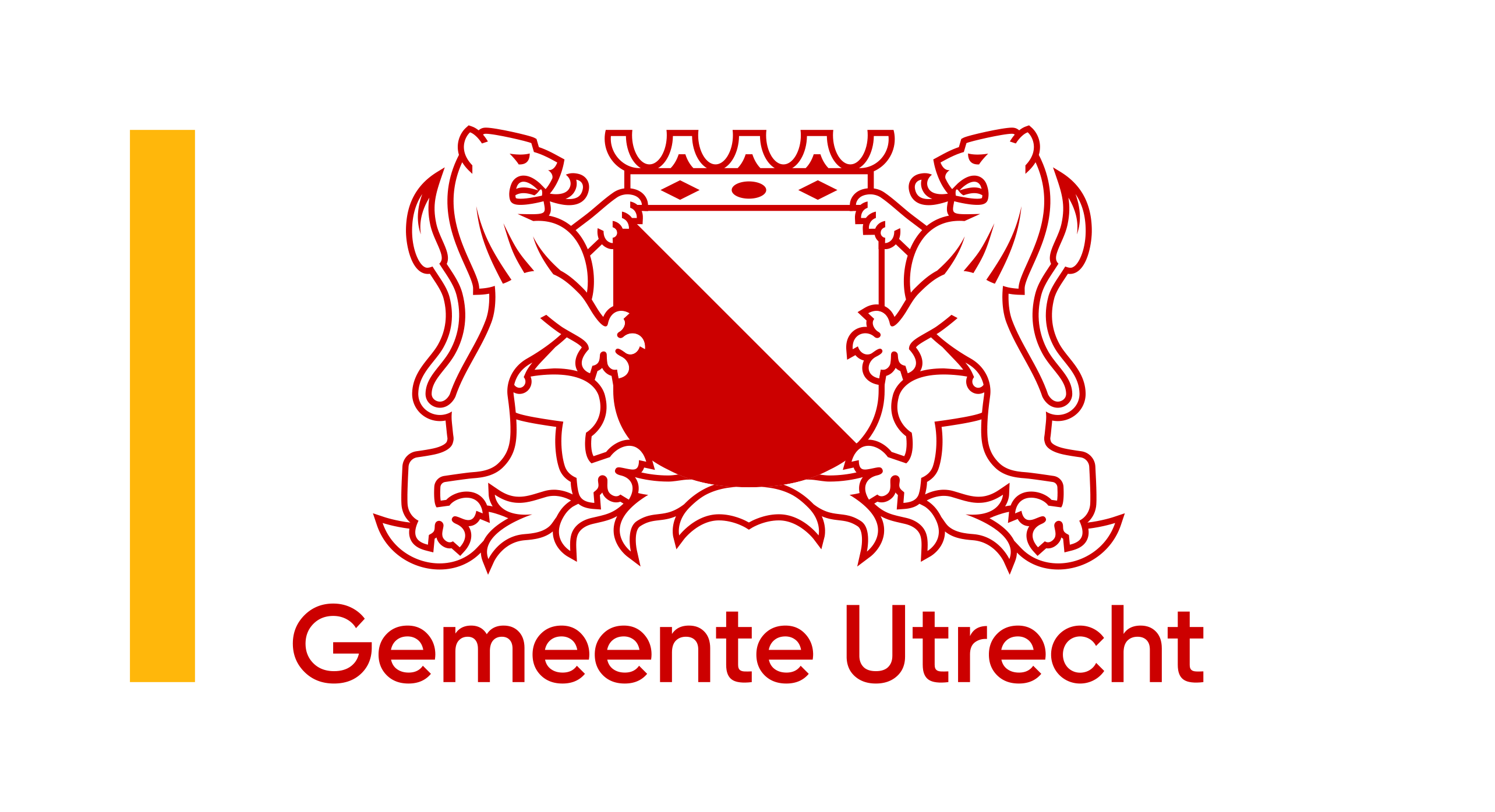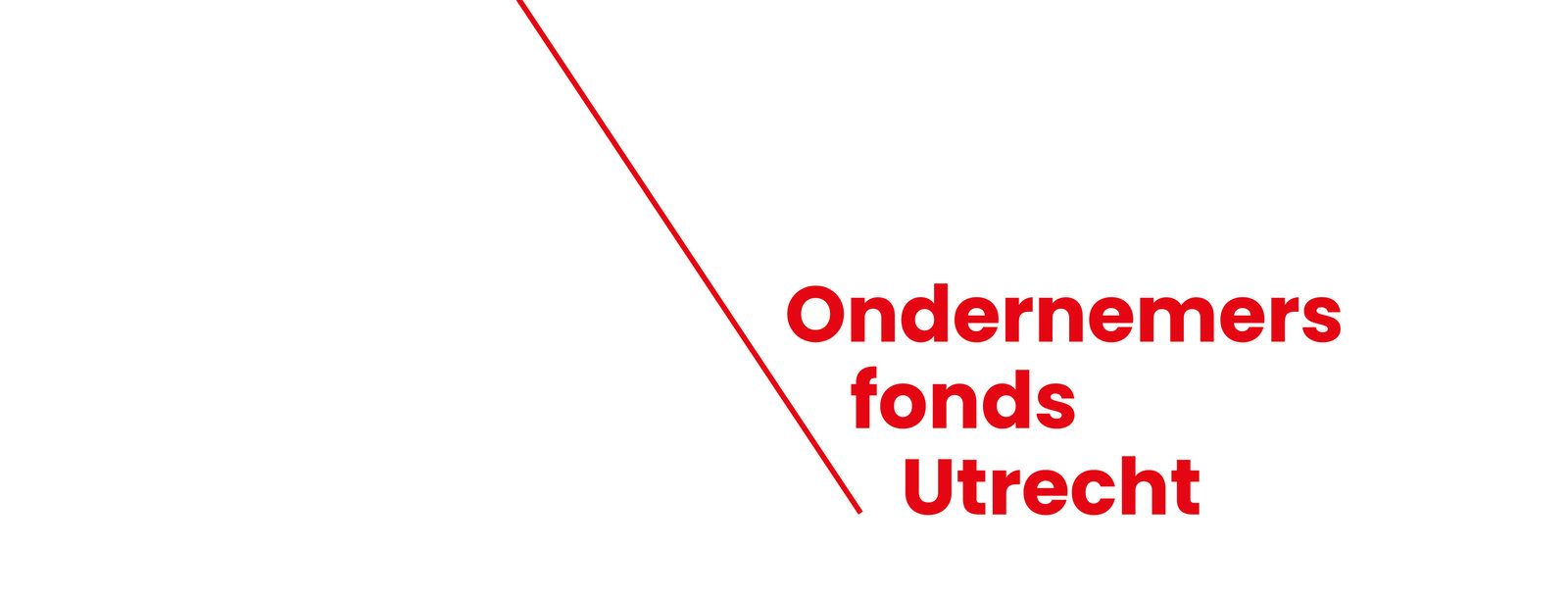Utrecht proves itself a pivotal driver of regenerative medicine
Printing tissues, or bioprinting, is a rapidly emerging form of tissue replacement therapy with great potential. The European Union is therefore investing heavily in research to make these treatments available to patients. In the latest round, the EU is investing in six major projects, five of which having a link with Utrecht, bringing around €6mln to UMC Utrecht and Utrecht University. This underlines the importance of Regenerative Medicine Utrecht for Europe, and the potential of bioprinting for patients.
Regenerative medicine helps the body recover
We sometimes look with envy at starfish or lizards. If they lose their leg or tail, they simply grow one back. We humans can hardly do that – only our liver is capable of significant regeneration. Regenerative medicine tries to stimulate the body’s self-healing capacity and thus cure various conditions. One way in which this can be done is by printing pieces of tissue.
Printing tissues is difficult
3D printing of tissues, or bioprinting, is easier said than done. Cells are very fragile, so printing cannot take too long and the printed cells must be able to sense each other and do their thing. In order to then be able to make a treatment for patients, the printing process must also be standardized and tested. The European subsidies are intended to bring bioprinting to the clinic.
Regenerative Medicine Utrecht is a pioneer
The fact that Utrecht now plays a role in five of the six awarded projects is evidence of the success of Regenerative Medicine Utrecht (RMU). RMU is a collaboration between University Medical Center Utrecht, Utrecht University, Hubrecht Institute and various companies and colleges. This results in a very diverse group of researchers, from biologists and (veterinary) doctors to technicians and physicists. The cross-pollination between them leads to a lot of innovation and various research lines, of which these projects are both examples and result.
The five projects each have a budget of 7.5-10 million euros, of which Utrecht will receive a total of approximately 6 million. What will happen in the awarded projects?
Towards bioprinting in patients
One of the projects is led by Harrie Weinans, professor of Orthopedics at UMC Utrecht: ‘The aim of the LUMINATE project is to see if we can bioprint in a patient, during a laparoscopic operation. That is very ambitious, but the partners involved have a lot of expertise and we have to try to combine that.’ The aim can be seen as a printed version of the IMPACT treatment developed in Utrecht. In this treatment, a patient with cartilage damage in the knee is given donated stem cells, which stimulate the repair of the cartilage.
Solving urethral defects
A second project, STRONG-UR, focuses on problems with the urethra, which one in 170 men has to deal with. For example, they suffer from a narrowing or incorrectly constructed urethra. Printing a piece of urethra could solve such problems, but the urethra is not that easy to copy. ‘The urethra is difficult to print because it is such a complex and flexible tissue,’ explains involved researcher and assistant professor Petra de Graaf. ‘The challenge is to be able to combine all these different cell types in a tubular print.’
Further developing cells after printing
A subsidy has also been awarded to the Biofabrication group of professor Jos Malda. Their micro2MACRO project focuses on directing the development of cells after printing. In many cases, printed cells are not yet fully functional and need to grow and develop. The solution for this could lie in printing detailed, degradable structures that help the cells complete this development. Jos explains: ‘By including nutrients and signal molecules in the print, we can boost the cells to become functional tissue more quickly.’
The ICAT, Innovation Center for Advanced Therapies, is also involved in this project. This center originates from RMU and is aimed at scaling up and validating findings from the lab for clinical application. At ICAT, a standardized process must be developed for making the printed structures, so that the results of the project become available for regenerative treatments more quickly.
A printed cornea
Keratoprinter is the fourth project, which aims to bring a solution to the shortage of cornea donors. Professor Mor Dickman of Regenerative Medicine Utrecht is involved with this project, together with Vanessa LaPointe of MERLN Institute for Technology Inspired Regenerative Medicine. Mor: ‘The cornea is one of the most frequently transplanted tissues, but because of the shortage of donors only 1 in 70 of those in need globally receive one. Therefore, we want to create a bioprinted cornea that mimics the entire structure and function of the human cornea.’ The biggest challenge in this project is to develop bioprinting technology that can reproduce the optical properties of the cornea, as well as allow stem cells to develop into functional cornea cells.
Implantable liver tissue
The last project is led by associate professor Bart Spee of the Faculty of Veterinary Medicine at Utrecht University. The aim of the NEOLIVER project is to develop a standardized protocol to create larger pieces of liver tissue that can be implanted. ‘This project also requires overcoming another major hurdle for printed tissue,’ says Bart, ‘namely creating blood vessels in printed tissue. So far, this has proven to be very difficult.’ The results of this project will be tested in animal models that are closer to humans than before, and in this project too, ICAT plays a role in scaling up the production processes.
Source: UMC Utrecht








